Horticultural Notes from an Urban Epicurean
 Grab a beer and a trowel and get into the garden! The summer is technically over this month and even though some days it feels like the autumnal equinox is a big lie, the garden is gearing up for the shorter days, cooler temperatures, and is getting ready to provide you with a season of fresh vegetables. It’s time to plant.
Grab a beer and a trowel and get into the garden! The summer is technically over this month and even though some days it feels like the autumnal equinox is a big lie, the garden is gearing up for the shorter days, cooler temperatures, and is getting ready to provide you with a season of fresh vegetables. It’s time to plant.
The left over warm season plants will still produce. Some may, in fact, be reinvigorated by the cooler weather. Peppers, eggplant, basil…many will still be giving you lots of of return for keeping them watered and cared-for through the hot summer months. But maybe that tomato plant isn’t really producing much, sprawling all over and taking up precious space. Maybe you cannot eat another Armenian cucumber even if you were forced at gunpoint. Many people, despite knowing better, will keep these plants going, watering them, letting them take up room instead of planting new fall crops. Practice discernment and pull those plants up. Make some room for the new season.
Plant Now
Suggested below are cool-season crops you can plant now and throughout the cool season. Common and maybe less familiar crops are listed here; if you aren’t familiar with one, google it or start reading seed catalogs and expand your horizons.
Greens
Lettuce, arugula, leaf chicories (escarole, endive, puntarelle, frisée, radicchio), asian greens (bok choi, tatsoi, napa cabbage, mizuna, mibuna, garland greens), sorrel, nasturtium, mache, cress, miner’s lettuce, spinach and celery can all be planted now. Most prefer well-amended garden soil and be sure your beds are in at least a half day of direct sun–in my opinion full sun is optimal. Some greens may prematurely bolt (go to seed). This early in the season you can look for “bolt resistant” and “heat tolerant” varieties (listed on seed packets or in catalogs). You can continue to plant greens throughout the winter until about late April or May (some crops and varieties last longer into the season). You can find these plants at your local plant nursery (please support local) in 6-packs or single 4” pots, normally. But you can find a lot more variety if you order seed packets (seed sources listed at end of article). Plant directly into the garden as per instructions on the packet. The rule of thumb is to plant about as deep as the size of the seed; as seedlings emerge, thin them to accommodate the mature size of each plant (add the seedlings you thin to your salad as microgreens).
Root Vegetables
Carrots, radishes, beets, turnips, burdock, parsley root, celeriac, chicory, salsify, scorzonera, and rutabaga can all be planted. Plant and seed as described above. The primary difference with root crops is that you want to ensure that you don’t have soil that is too rich–you will end up with lots of green tops but root development will be weak. Garden beds that are on the sandy side are great for these crops.
Cole Crops
Broccoli, cauliflower, cabbage, rapini, kale, Brussels sprouts, kohlrabi, and collards are all related, in fact they are all the same species (Brassica oleraceae). Treat them as you would greens by providing nutrient-rich garden soil.
Alliums
These are the plants in the onion family: the various bunching and bulb-producing onions, garlic, elephant garlic, Egyptian walking onion, shallots, leeks, chives, Chinese chives can be found in nurseries and catalogs this time of year as sets (dried bulbs), starts (green bulbs sold in bunches) or as plants in containers. The multiplyer types are best planted in a permanent location as they will keep growing year after year, whereas the single bulb-type alliums will be harvested next late spring/early summer when the tops dry back.
Legumes
While many plants in the bean family are grown in the summer, some prefer the cool season. Garbanzos, favas, lentils and peas are perfect to plant right now. Make sure you don’t plant them close to the root vegetables (they are associated with microorganisms that increase nitrogen in the soil which make root crops grow more leaves than roots), and generally they also prefer soil that is not as enriched as the greens and cole crops.
Cool-Season Herbs
These are grown just like greens and in fact, in my opinion, many of these herbs are just greens with more aroma. Best from seed, plant parsley, cilantro, chervil, dill, lovage, anise, caraway, fennel, borage and salad burnet.
Other Vegetables and Herbs
Most of these are perennials (plants that live more than one season) so give them a permanent location and room to grow. Asparagus can be planted this time of year but make sure you give them lots of room, far away from the other plants. They are normally found in catalogs and nurseries as crowns (bulblike structures with roots). Artichoke and Cardoon can be planted from seed or plant. You can also plant any perennial herbs like thyme, oregano, marjoram, rosemary, sage, savory, rue, santolina or mint.
A few favorite seed sources: Native Seeds/SEARCH, Baker’s Creek, Kitazawa Seed Company, Seeds from Italy, Southern Exposure, The Cook’s Garden, Seed Savers Exchange, Territorial Seed Company. Find plants locally at Mesquite Valley Growers, Civano Nursery, Rillito Nursery and Harlow’s.
Jared McKinley is a food and plant fanatic in downtown Tucson. Follow him on Instagram @KittyKattMcKinley n



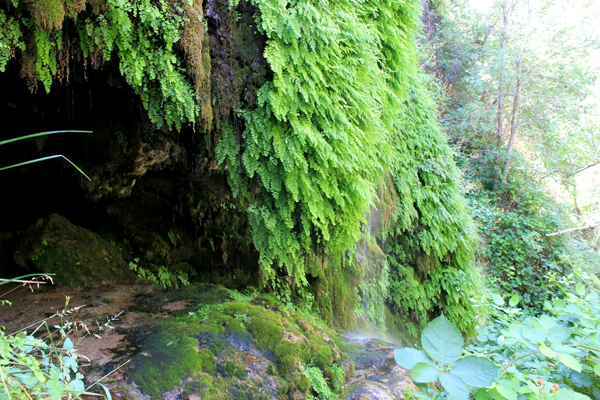
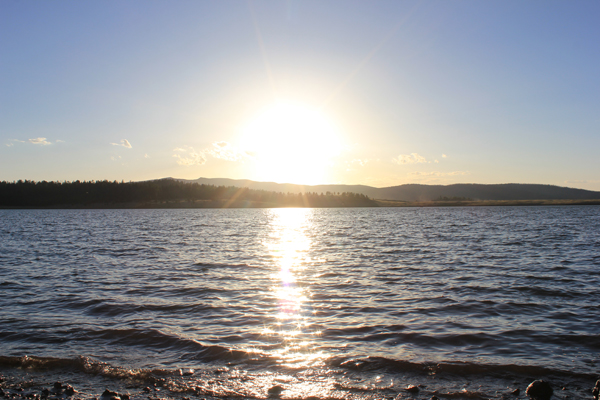
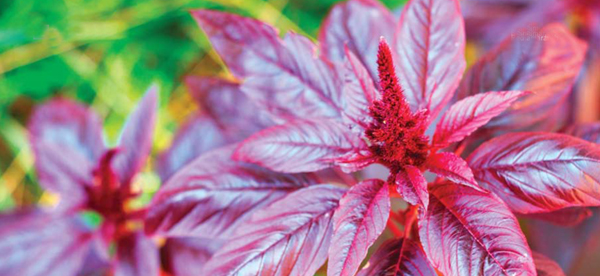

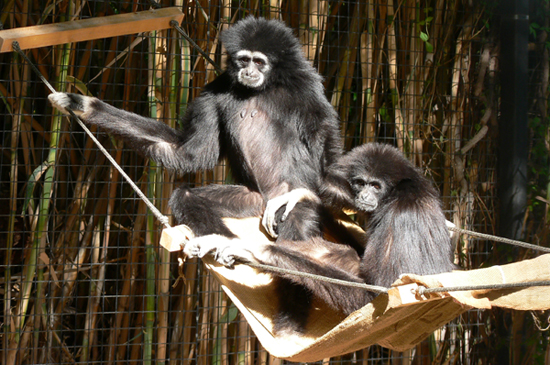
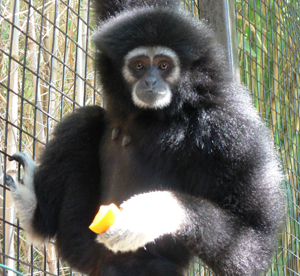
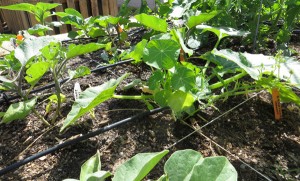
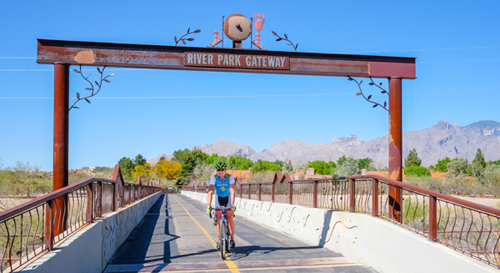
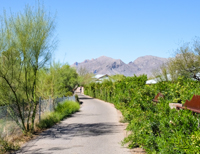
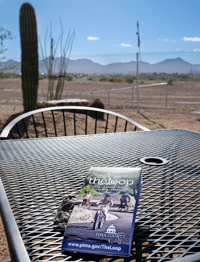

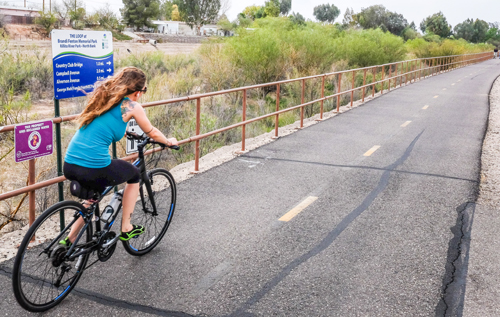






Also find us on...